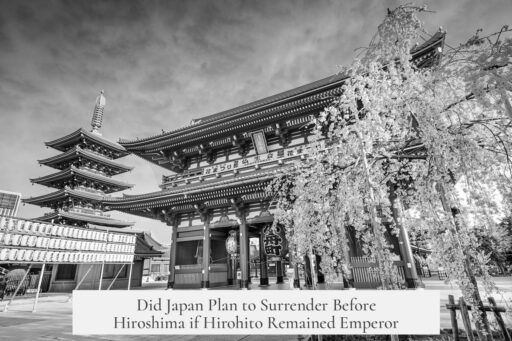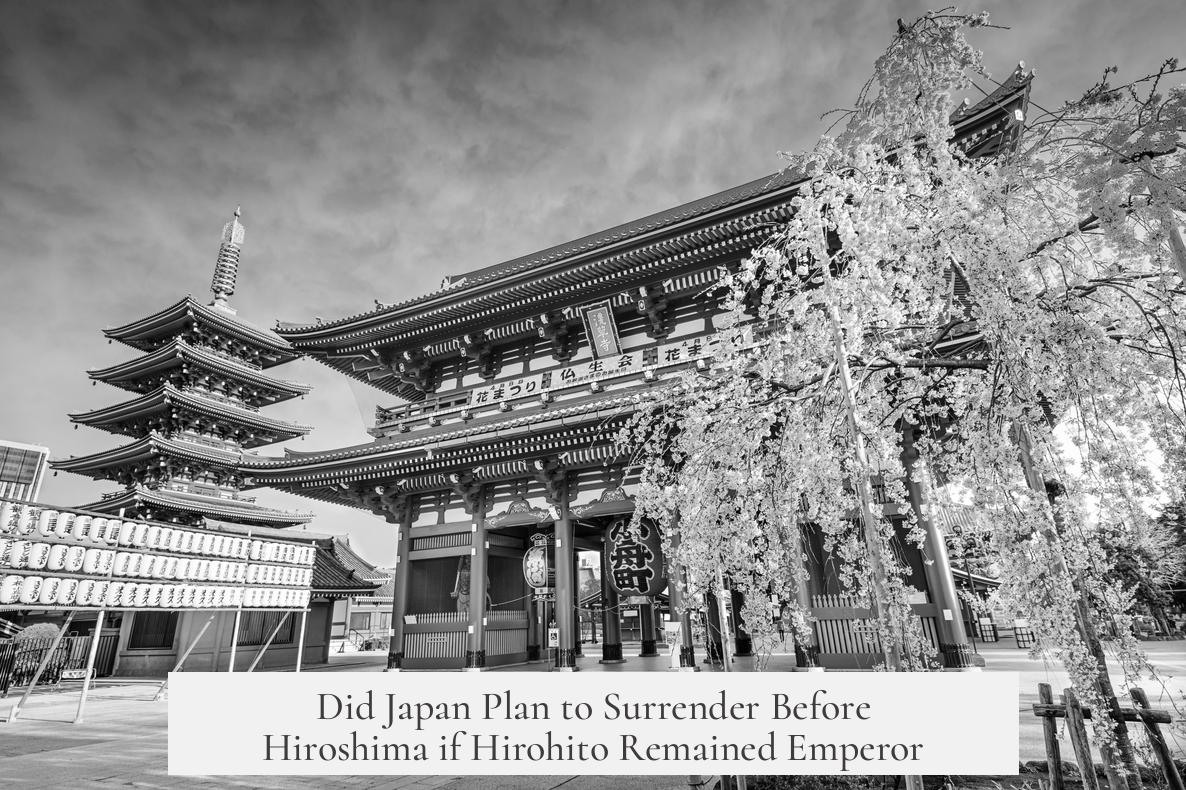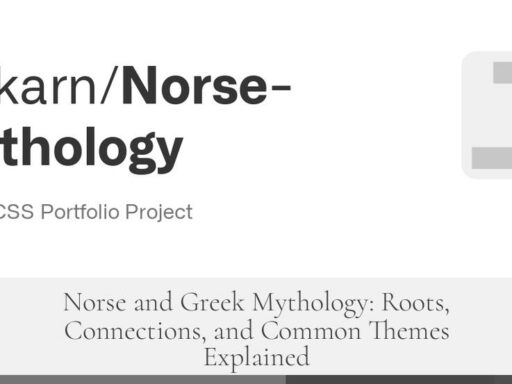Japan was not ready to surrender before the atomic bombing of Hiroshima, even with the condition that Emperor Hirohito remain as a figurehead. The Japanese Supreme War Council required unanimous consent for surrender, and such unity did not exist at the time. The decision to surrender came only after both atomic bombs were dropped and the Soviet Union declared war on Japan.
The Supreme War Council, Japan’s highest decision-making body during the war, had six key members divided evenly. Half favored seeking peace, while the other half insisted on continuing the war effort. The members who leaned toward peace included Shigenori Tōgō, Kantarō Suzuki, and Mitsumasa Yonai. On the opposing side were Korechika Anami, Yoshijirō Umezu, and Soemu Toyoda, who advocated for ongoing resistance, partly aiming to gain leverage against the US in anticipation of conflicts with the Soviet Union.
This division meant no official, government-backed surrender proposal existed before Hiroshima. Any offer that lacked unanimous support could not move forward. Unofficial peace feelers occasionally appeared but had no mandate to end hostilities. The Supreme War Council’s rules demanded complete agreement for a formal surrender.
Emperor Hirohito gradually shifted toward supporting peace. He recognized the catastrophic consequences of prolonged war for Japan. Despite growing imperial willingness, powerful military factions resisted, and some junior officers even contemplated a coup to prevent surrender. This demonstrated the fragmentation in Japanese leadership at that critical moment.
Korechika Anami, War Minister and a leading hardliner, was influential among those opposing surrender. However, upon the Emperor’s explicit insistence to accept defeat, Anami complied, facilitating the acceptance of peace terms. Anami’s compliance was a turning point, as it broke military resistance and allowed the Council’s hawks to fall in line.
Following the dropping of the atomic bombs on Hiroshima on August 6 and Nagasaki on August 9, and the Soviet Union’s declaration of war on August 8, Japan faced overwhelming military and geopolitical pressure. These events created a crisis that overturned earlier resistance. The surrender broadcast by Emperor Hirohito on August 15 was the culmination of these factors combined, rather than a simple pre-bomb surrender offer.
Historical scholarship, especially accounts such as “Japan’s Longest Day,” challenges notions that Japan sought peace unconditionally before Hiroshima with the sole stipulation of maintaining Hirohito as a figurehead. While the emperor’s position was indeed crucial, any surrender proposal lacking council consensus was ineffective.
US military planners preserved the four target cities—Hiroshima, Nagasaki, Kokura, and Niigata—from conventional firebombing to ensure the atomic bombs’ maximum psychological impact. Japanese leaders had limited understanding of these new weapons, particularly radiation. Anami underestimated the US nuclear arsenal, assuming the Hiroshima bomb was a unique event. The subsequent Nagasaki bombing underscored Japan’s dire situation and sealed its fate.
| Aspect | Details |
|---|---|
| Supreme War Council | Six members; split 3 favor peace, 3 want war continuation; unanimous consent required |
| Emperor Hirohito | Moved toward peace; his order critical in ending resistance and enabling surrender |
| Korechika Anami | Initially opposed surrender; obeyed Emperor’s will; committed seppuku after surrender |
| Surrender Timing | Occurred after both atomic bombings and Soviet entry into war |
| Pre-Hiroshima Surrender Claims | Not backed by unanimous council vote or authoritative historical accounts |
- No formal surrender offer existed before Hiroshima backed by Japan’s government.
- Internal divisions and military opposition delayed surrender decisions.
- Emperor Hirohito’s command was decisive in accepting defeat.
- Surrender followed atomic bombings and Soviet intervention.
- Claims of condition to keep Hirohito as figurehead lack strong historical evidence prior to surrender.



